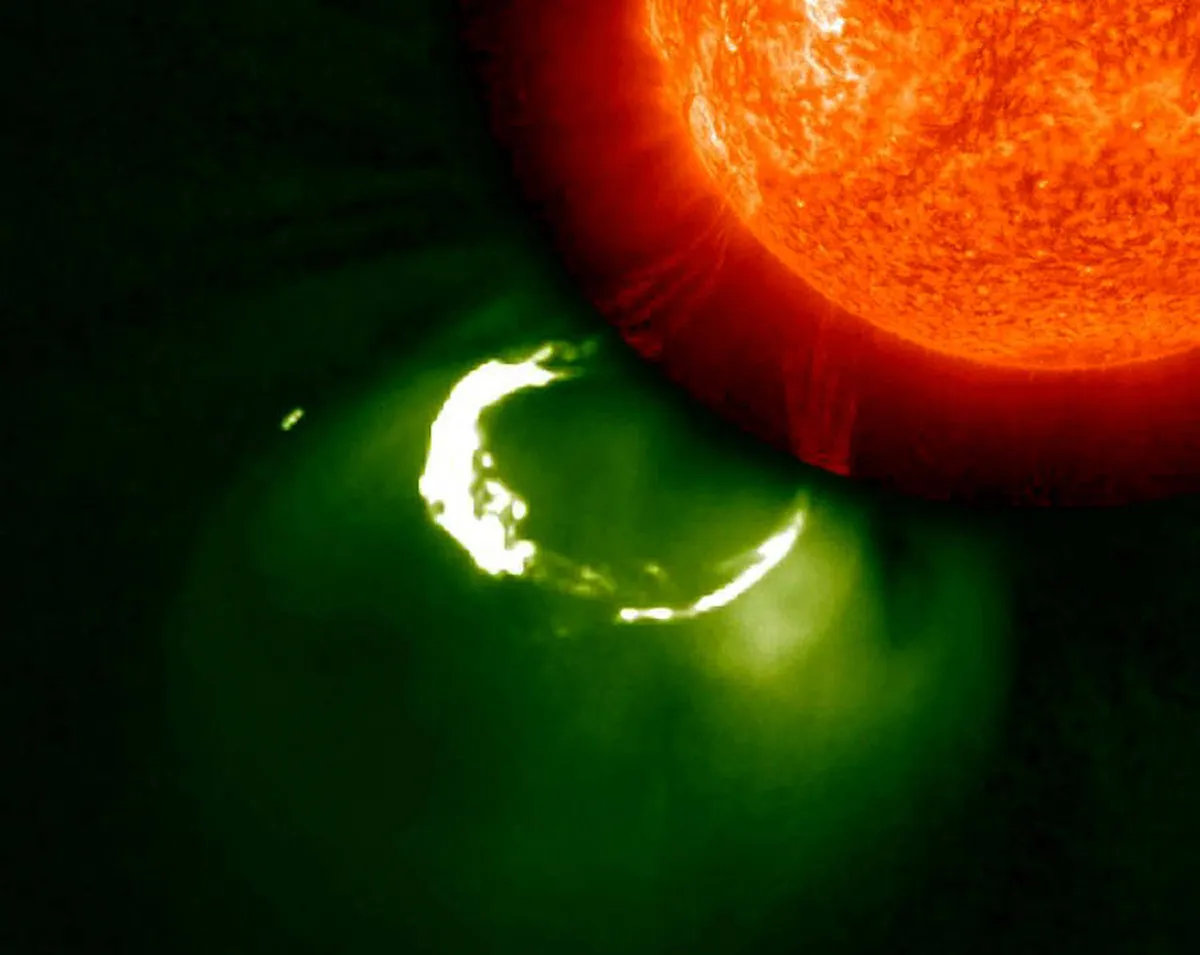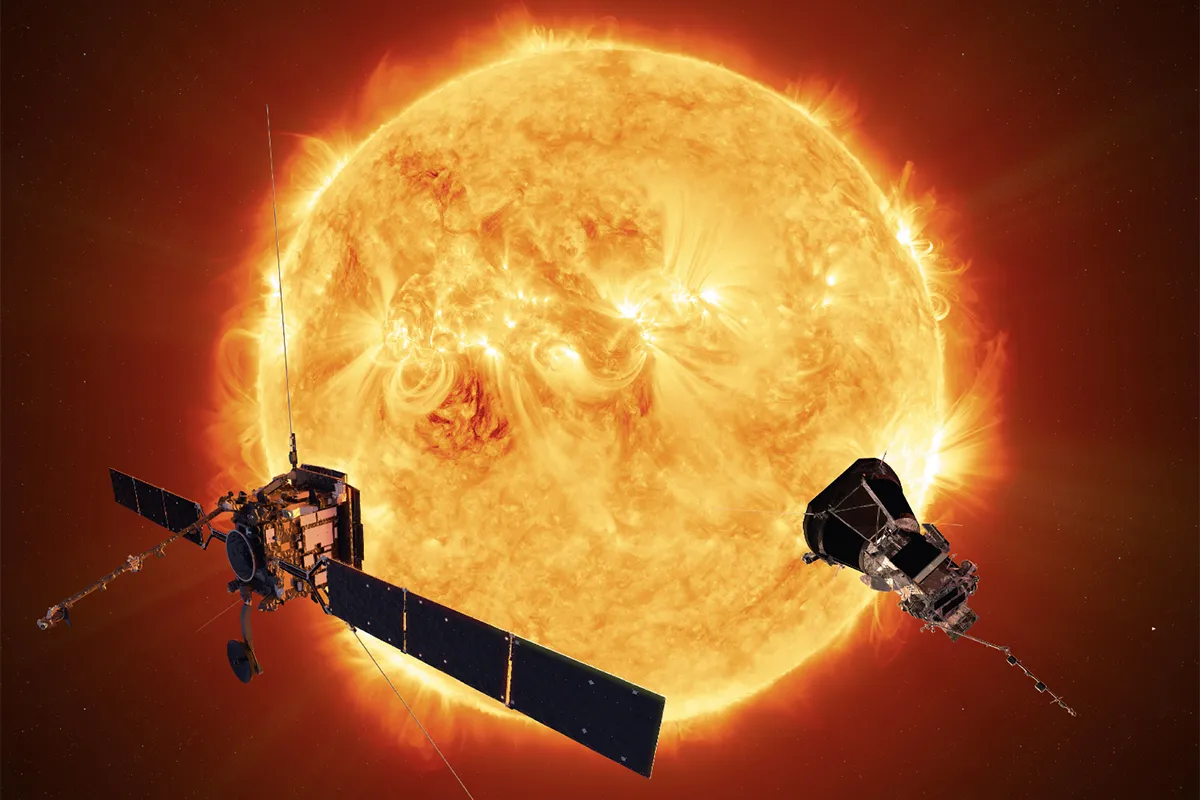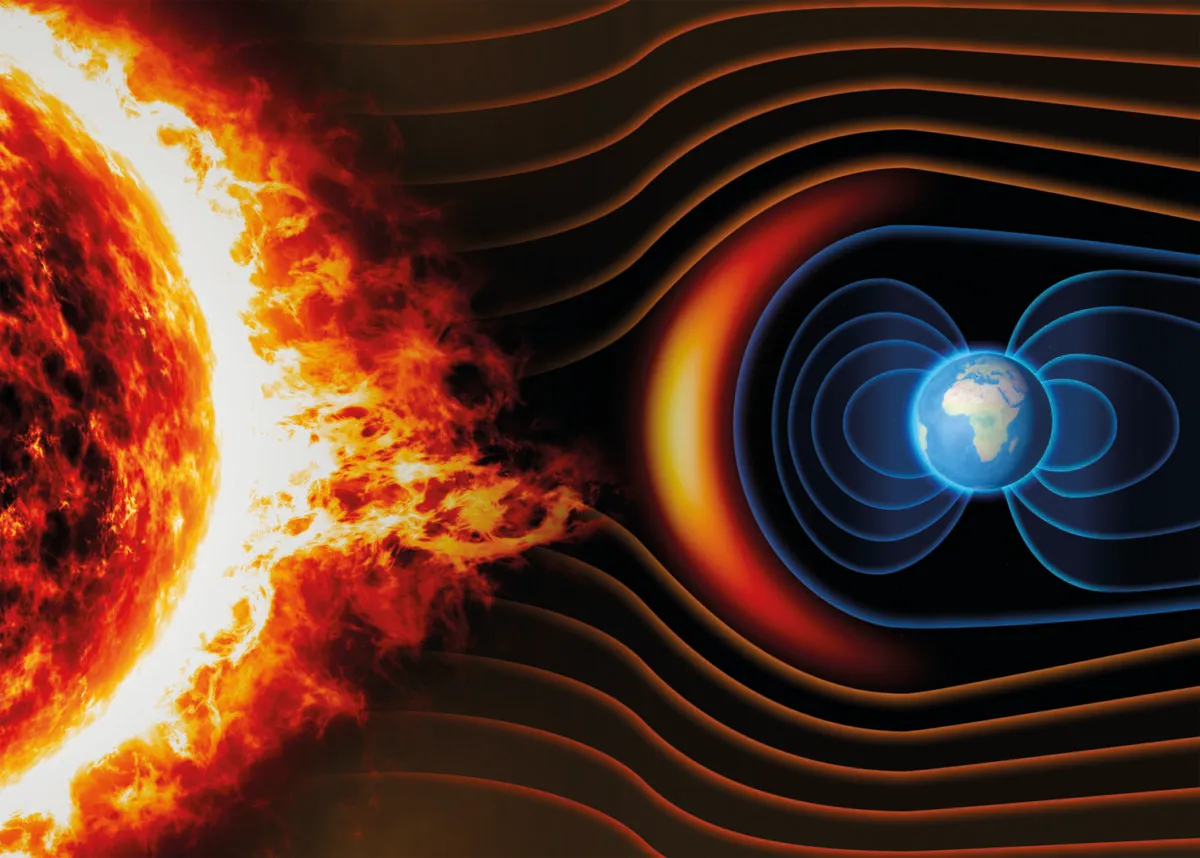They can destroy satellites, disrupt communications and knock out power grids.
It might seem like coronal mass ejections - which occasionally burst from the surface of the Sun - are the sort of thing you'd see in a Hollywood disaster film.
But just how common are coronal mass ejections, why do they happen, and can they really pose a risk to life on Earth?

Predicting coronal mass ejection strikes is vital to our connected world, so clearly we need to know more about them, and this is why solar science and the study of space weather is so important.
Recent news, for example, revealed that solar storms could cause train delays.
To find out more, we spoke toRavindra Desai, a scientist at the University of Warwick whose research focuses on how extreme space weather events occur and how we can better predict them.
More solar science: Big Questions about the Sun - Answered! and How scientists study the Sun

What causes coronal mass ejections?
Coronal mass ejections periodically erupt from the solar surface, triggered by unstable magnetic field conditions.
Their occurrence varies over an 11-year solar cycle of increasing and decreasing activity. They can reach a peak of over 10 CMEs per day during solar maximum.
The next solar maximum will be in around 2025 or 2026.
Why is it important for us to study CMEs?
When CMEs impact Earth, entire radiation belts, which are zones of energetic particles surrounding our planet, can be rapidly destroyed or lost.
My research looks at how to model this process using supercomputers and aims to use these models to aid in forecasting and mitigating these extreme events.

How much of a risk do they pose to us?
In 1859, a series of fast coronal mass ejections struck Earth during a solar storm now known as the Carrington Event.
This triggered aurorae as far south as Cuba and Columbia, wreaking havoc with the world’s telegraph systems at the time.
If such an event occurred today it would cause widespread power outages and loss of satellite services affecting communications, financial transactions, traffic management and more.
It could cost the world’s economy trillions of dollars.
In fact, an event thought to be comparable to the Carrington Event occurred in 2012, but narrowly missed Earth by two weeks.
More recently, in February 2022 a solar storm disabled 40 of SpaceX’s Starlink satellites.

How do you simulate extreme space weather events?
I use high-performance computing simulations, which themselves are rapidly increasing our capability to solve complex differential equations that describe the Sun–Earth system.
I’m also using data from the latest satellite missions – Solar Orbiter and Parker Solar Probe – and will be using instruments on board the Lunar Gateway Space Station, which is set to be humanity’s first space station in lunar orbit.
The instrument suites on board the Gateway will feature radiation detectors both inside and outside to measure the ambient radiation environment, how the Gateway structures will shield astronauts from radiation and what the biological effects of different types of radiation are at different locations within the station.

Will simulations help improve future space weather forecasting?
I’m working closely with the Met Office, which is one of three centres worldwide producing 24-hour space weather forecasts, and my current project is delivering some results from our model to help them forecast extreme events.
Do we understand how exoplanets are subjected to extreme weather?
In recent years, thousands of exoplanets have been discovered orbiting other stars. A key question now is can they hold life?
Earth’s magnetic field shields us, partially, from CMEs.
It is believed that Mars’s once-thick atmosphere was stripped away due to the planet being unable to sustain an intrinsic magnetic field.
There have been some indications that some exoplanets have magnetic fields.
Modelling these will be key to understanding the stability of these planets’ atmospheres and whether they might be able to sustain life.

Is this work going to mitigate the dangers facing future missions to the Moon?
Space weather events can have adverse effects on astronauts due to radiation exposure.
Understanding and being able to forecast extreme space weather events will aid a new era of crewed exploration beyond Earth.
The Lunar Gateway will be used to return humans to the lunar surface and act as a staging point for deep-space exploration.
We will examine the radiation environment surrounding it to assist crewed missions travelling to the station and beyond.
It will be a major focus in the coming years, as there will be a massive intersection between space weather and lunar exploration.
This interview originally appeared in the December 2022 issue of BBC Sky at Night Magazine.
